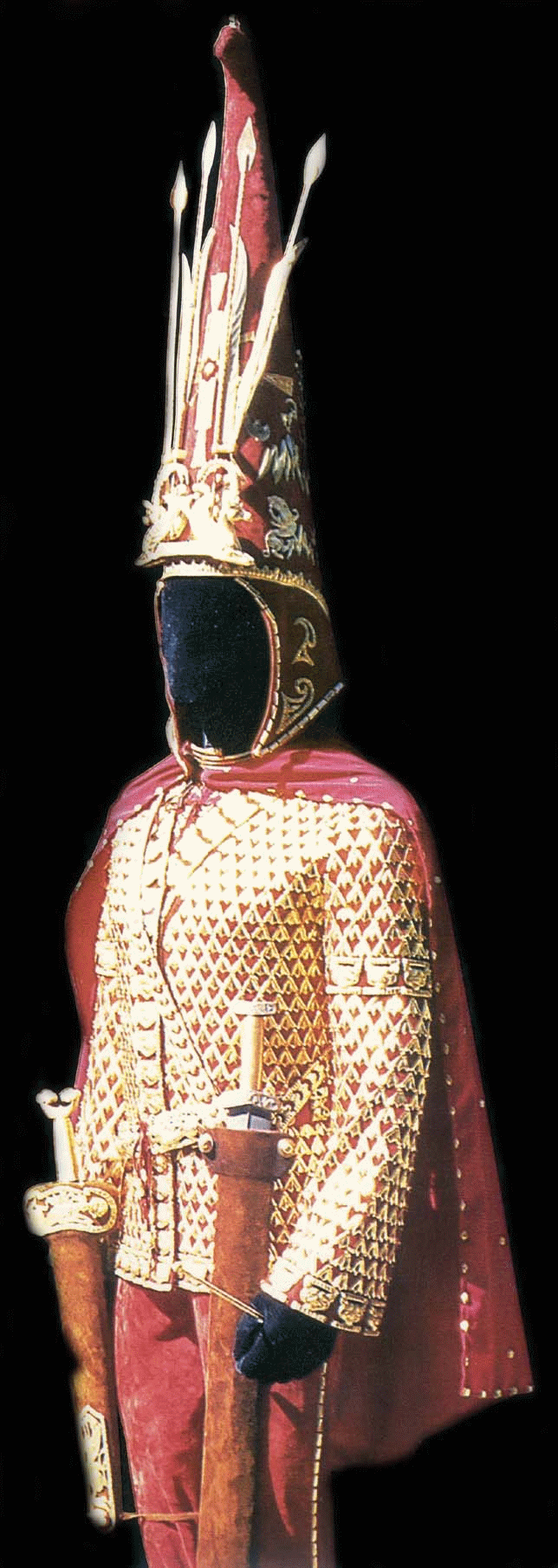
|
Volunteers in Kazakhstan
Kayalyk. Buddist temple.
½Buddhist temple╗ became the
second object of excavation on settlement Antonovskoe. Before the beginning
of excavation it was made in height up to two meters, with the square
basis, focused by corners on the sides of world.
During excavations the complex of ceramics (fragments of jugs, fragments of glazed bowls, typical for XII ¢ XIII cc) were collected. The fragment of a vessel - water-carrier with spout which was made as a head of the bull is exciting interest. The brick with incised sign as divergent rays is really interesting. Iron-wares represents by a series of dowels and nails of the various sizes, tools for door locking and a dagger. The temple of Kayalyk is dated the end of XI - first half of the XIII cc.
Analogies of construction are
traced in planing schemes of Buddhist temples of Semirechie and also in cult
architecture of capital of Tanguts ¢ Hara-Hoto. As is known the Buddhism in XI - XIII cc. was extending in Zhetysu from the Uigur state, from Tibet and Tangut empire. Notes of the traveller and the diplomat of the middle of XIII c. Rubruk, was living in Kayalyk in November of 1253, during his trip to Mongolia as the ambassador of the French king Lui IX, allow to understand the device of the Kayalyk temple, and also to learn some Buddhist rituals of this time. Rubruk wrote that joss-houses looked as follows:
Really 1 and 15 numbers of each lunar month Buddhist clerics perform services during the whole day, burn aromas, sacrifice cookies, fruits and water, kindle icon-lamps. The above mentioned description of a temple undoubtedly evidences about its Buddhist character. The sacrificial tables is specially exactly described. The description of a holiday made by Rubruk confirms this opinion.
Thus one more Center of the
Buddhism in the central As
|
![]()
If you
interested our offers, inform as, what do you think about this site and
what kind of supplementary information do you need.
Leave your contact
information for connections with you, then we can to answer on your questions.
Information for contact
- Telephone :
- (+7) 3272 91-86-63; 91 56-11;
- Fax :
- (+7) 3272 91-86-63;
- Post address:
- 480100
- Republic of Kazakhstan, Almaty, av. Dostyk 44
- Institute of Archaeology RK
- Email:
- Director of Institute of Aechaeology
RK:
k_baipakov@nursat.kz
Department of international contact : d_voyakin@hotmail.com






